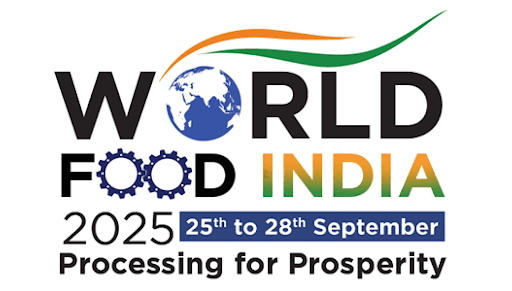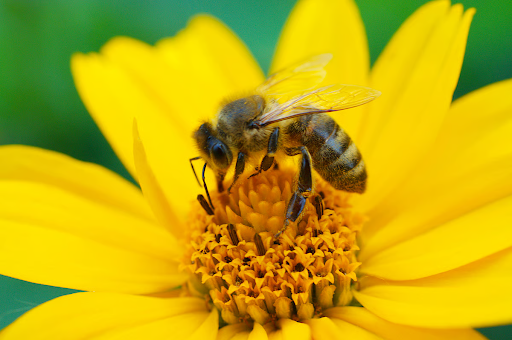Description
Context
- In order to further boost growth in livestock sector and thereby making animal husbandry more remunerative in Animal Husbandry Sector, the Government has approved implementation of a Special Livestock Sector Package.
About
- As per this, all the schemes of the Department will be merged into three broad categories as:
- Development Programmes which includes Rashtriya Gokul Mission, National Programme for Dairy Development (NPDD), National Livestock Mission (NLM) and Livestock Census and Integrated Sample Survey (LC & ISS) as sub-schemes,
- Disease Control programme renamed as Livestock Health and Disease Control (LH & DC) which includes the present Livestock Health and Disease Control (LH & DC) scheme and National Animal Disease Control Programme (NADCP) and
- Infrastructure Development Fund wherein, the Animal Husbandry Infrastructure Development fund (AHIDF) and the Dairy Infrastructure Development Fund (DIDF) are merged and the present scheme for support to Dairy Cooperatives and Farmer Producer Organizations engaged in Dairy activities is also included in this third category.
Components
- The realigned National Programme for Dairy Development (NPDD) will have two components.
- Component ‘A’ of NPDD will be implemented with emphasis on milk procurement, processing, marketing and quality of milk and milk products. The scheme is targeted towards installation of about 8900 bulk milk coolers, which is likely to cover about 26,700 villages.
- Component ‘B’ of NPDD will avail financial assistance from Japan International Cooperation Agency (JICA) and will create or strengthen infrastructure in 4500 villages, 8.96 LLPD chilling and 7 LLPD processing capacity with incremental procurement of about 14.20 LLPD from 1.5 Lakh additional milk producers.
Rashtriya Gokul Mission
- Rashtriya Gokul Mission (RGM) was launched in December 2014 for development and conservation of indigenous breeds through selective breeding in the breeding tract and genetic upgradation of nondescript bovine population.
- Rashtriya Gokul Mission will be implemented through the “State Implementing Agency (SIA viz Livestock Development Boards).
- The scheme comprises of two components namely National Programme for Bovine Breeding (NPBB) and National Mission on Bovine Productivity (NMBP).
Objectives of RGM
- Development and conservation of indigenous breeds;
- Breed improvement programme for indigenous breeds so as to improve the genetic makeup and increase the stock;
- Enhancing milk production and productivity of bovine population by increasing disease free high genetic merit female population and check on spread of diseases ;
- Upgrading nondescript cattle using elite indigenous breeds like Gir, Sahiwal, Rathi, Deoni, Tharparkar, Red Sindhi
- Distribution of disease free high genetic merit bulls for natural service;
- To bring all breedable females under organised breeding through AI or natural service using germ plasm of high genetic merits;
- To arrange quality Artificial Insemination (AI) services at farmers’ doorstep;
- To create e-market portal for bovine germplasm for connecting breeders and farmers;
- To increase trade of livestock and livestock products by meeting out sanitary and phyto sanitary (SPS) issues;
- To select breeding bulls of high genetic merit at a young age through application of genomics.
Initiatives under Rashtriya Gokul Mission
- Awards for encouraging farmers/breeder societies to rear Indigenous breeds of bovines:
- Gopal Ratna awards: for farmers maintaining the best herd of Indigenous Breed and practicing best management practices.
- Kamdhenu awards: for best managed Indigenous herd by Institutions/Trusts/ NGOs/ Gaushalas or best-managed Breeders’ societies.
- National Kamdhenu Breeding Centre:to develop and conserve Indigenous Breeds in a holistic and scientific manner.
- Gokul Gram: These are integrated cattle development centers, ‘Gokul Grams’ to develop indigenous breeds including up to 40% nondescript breeds (belonging or appearing to belong to no particular class or kind).
- E-Pashu Haat: An e-market portal connecting breeders and farmers, for quality- disease-free bovine germplasm.
- National Bovine Genomic Center for Indigenous Breeds (NBGC-IB) for selection of breeding bulls of high genetic merit at a young age using highly precise gene-based technology.
- Advanced Reproductive Technology: In-vitro Fertilization (IVF)/ Multiple Ovulation Embryo Transfer (MOET) and sex-sorted semen technique to improve the availability of disease-free female bovines.
- Pashu Sanjivni: to estimate bovine productivity by registration of bovine animals in milk production.
Significance of revised program
- The revised and realigned scheme component related to Rashtriya Gokul Mission is crucial for development and conservation of indigenous breeds and would also contribute in improving the economic condition of the rural poor as most of the low producing indigenous breeds are with small and marginal farmers and landless labourers.
- The aim would be to deliver quality breeding inputs at the farmers’ doorstep.
- Implementation of RGM is crucial to enhance milk production and productivity of bovines, thereby making dairying more remunerative to poor farmers of the country
https://www.pib.gov.in/PressReleasePage.aspx?PRID=1735928







